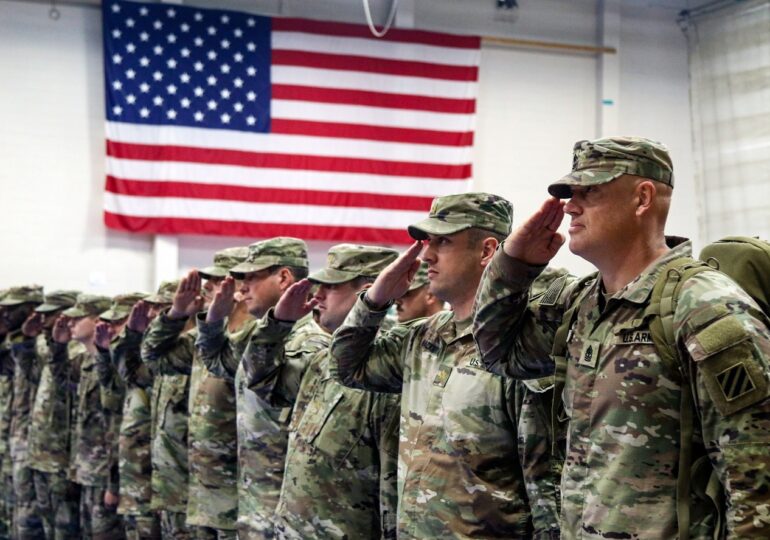One month before the summit in The Hague, a senior NATO military officer said there is no indication that the United States will withdraw its troops committed to the defense plans of the alliance and move them to the Pacific.
However, NATO needs to be prepared for the moment when the United States will shift its focus to other points of interest, away from the European continent, Admiral Giuseppe Cavo Dragone stated, according to Defense News.
"A key issue would be to plan it (the withdrawal) in advance. This would provide the alliance with the ability to refocus and rebalance," Dragone said regarding a potential change in the U.S. military posture.
The Pentagon has a withdrawal plan from Europe
In recent months, the Pentagon has highlighted the military threat posed by China over that represented by Russia, over three years since the invasion of Ukraine, amid tensions between the Trump administration and European chancelleries.
A provisional U.S. defense strategy, partially leaked to the press in March, largely relies on a report from the Heritage Foundation drafted by a top Pentagon official. The document indicates that the U.S. should identify forces committed to NATO defense plans to use them to deter a Chinese invasion in Taiwan. According to the strategy, the Pentagon will move some units from Europe closer to Asia, compelling European countries to take measures to cover the troop deficit.
Dragone mentioned he has not yet heard of the Pentagon pursuing these plans, but European countries could eventually compensate for the departure of some American forces from the continent - including anti-aircraft defense, electronic warfare, strategic airlift, and drones.
What Europe can do
Since the onset of the war in Ukraine, NATO countries have increased defense spending, and now 22 out of the 32 member states meet the 2% of GDP threshold. U.S. President Donald Trump has repeatedly stated that the rate is not enough and instead demanded defense expenditures of 5% of GDP.
NATO Secretary-General Mark Rutte has put forward a revised proposal for 3.5% defense spending, plus 1.5% for other security-related measures, which is set to be introduced at the June summit in The Hague.
Dragone confirmed that the action is under discussion, but did not provide details regarding the implementation timeline or the purposes of the additional 1.5% of GDP funding.
"The final level will be 3.5 plus 1.5, regardless of what they decide, but how they will do it should be a national responsibility. I believe NATO should be flexible and try to be realistic, even if in an insistent manner," Dragone said.
These increases in NATO's military spending must also keep pace with the military buildup that Russia pursued during the war in Ukraine, redirecting its economy to support massive equipment and personnel losses.
However, Dragone's home country, Italy, is one of the 10 NATO members not meeting the 2% threshold, instead spending 1.49% of GDP on defense in 2024. Prime Minister Georgia Meloni stated in April that Italy will meet the required target this year.
T.D.

